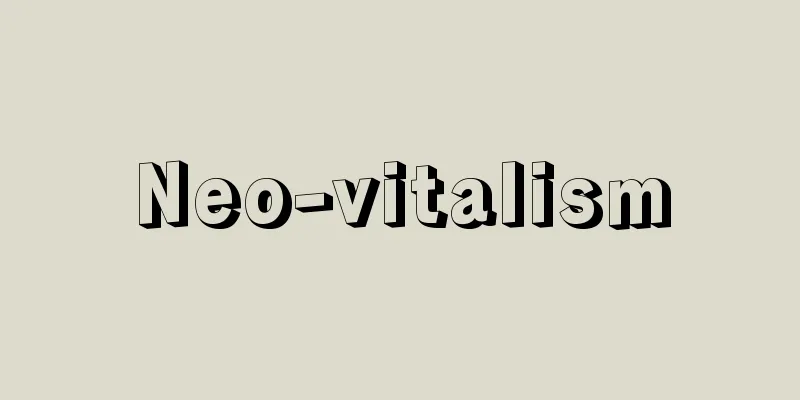Uehara Senroku - Uehara Senroku

|
A historian of the Showa period. Born in Kyoto. After graduating from Tokyo Higher Commercial School (later Tokyo University of Commerce, now Hitotsubashi University), he studied at the University of Vienna for two years from 1922 (Taisho 11), where he studied under Dobsch, a leading scholar of medieval history. After returning to Japan, he went on to study at Takaoka Higher Commercial School, before joining Tokyo University of Commerce in 1928 (Showa 3). Dobsch's academic style opened his eyes to the diversity of historical processes and looked at history in a comprehensive manner. Uehara inherited this perspective, and put into practice a historiography that combined empirical evidence and critical synthesis. The results of this work were "Research on Medieval German History" (1942) and "Society and Economy in Medieval Germany" (1949). After the war, he served as president from 1946 to 1949, and was instrumental in the reorganization of the university into Hitotsubashi University. After retiring from office, he worked as a leader in the National Cultural Council, the National Education Research Institute, and other organizations, and contributed to the peace movement and the history education movement. His works such as "New Formation of the Image of World History" (1955) and "Modern Asia in World History" (1956) presented a new historical perspective for viewing the global contemporary world. He retired to the southern suburbs of Kyoto in his final years. His essays include "The Cretan Vase" (1975). [Koichi Horikoshi] Source: Shogakukan Encyclopedia Nipponica About Encyclopedia Nipponica Information | Legend |
|
昭和期の歴史学者。京都に生れる。東京高等商業学校(のちの東京商科大学、現、一橋大学)卒業後、1922年(大正11)から2年間ウィーン大学に留学し、中世史研究の大家であるドープシュに学ぶ。帰国後、高岡高商を経て1928年(昭和3)東京商科大学に勤めた。ドープシュの学風は歴史的経過の多様性に目を開き、歴史を総合的にみる。上原もこの視座を受け継ぎ、実証と批判的総合の歴史学を実践した。『独逸中世史研究』(1942年)、『独逸中世の社会と経済』(1949年)がその成果である。戦後、1946年から1949年、学長を務め、一橋大学への改組に功績があった。退任後、国民文化会議、国民教育研究所などで指導者として働き、平和運動、歴史教育運動に貢献した。『世界史像の新形成』(1955年)、『世界史における現代のアジア』(1956年)などは、グローバルな現代世界をみる新しい歴史の視座を提起している。最晩年は京都南郊に隠栖した。エッセイに『クレタの壺』(1975年)がある。 [堀越孝一] 出典 小学館 日本大百科全書(ニッポニカ)日本大百科全書(ニッポニカ)について 情報 | 凡例 |
Recommend
Circular hill - Enkyu
A circular platform on which the emperor worships ...
Einhard - Einhart (English spelling)
Frankish court scholar and biographer of Charlema...
Kanuma-shuku
...Kenuma is known as the home of pumice soil for...
Hu drinking - Konju
(A variation of "Konju") The name of a g...
localization
...Sound level meters use A, B, C, and D characte...
Desmidium (dustweed) - Desmidium (English spelling)
A member of the green algae Zygophyceae family. A ...
Silla - Shiragi (English spelling) Sinra
One of the three ancient kingdoms of Korea, and th...
Lazarus, M. (English spelling) LazarusM
...His successors found ideological agreement wit...
Synesios (of Cyrene)
370-413 He was the bishop of Ptolemais, a city in ...
Miki Kato - Kato Umaki
Year of death: 10th June 1777 (14th July 1777) Yea...
Ceratium tripos
Kingdom Protista, phylum Alveolata, family Acantho...
Scraping
A cutting tool used to give the surface of a mach...
Skin flotation
...A new method was also developed in which the o...
Alawites - Alawites
The secret doctrine, which originated in Shiite se...
Atractylodine - Atractylodine
… [Hiroshi Koyama] [Medicinal] In traditional Chi...









